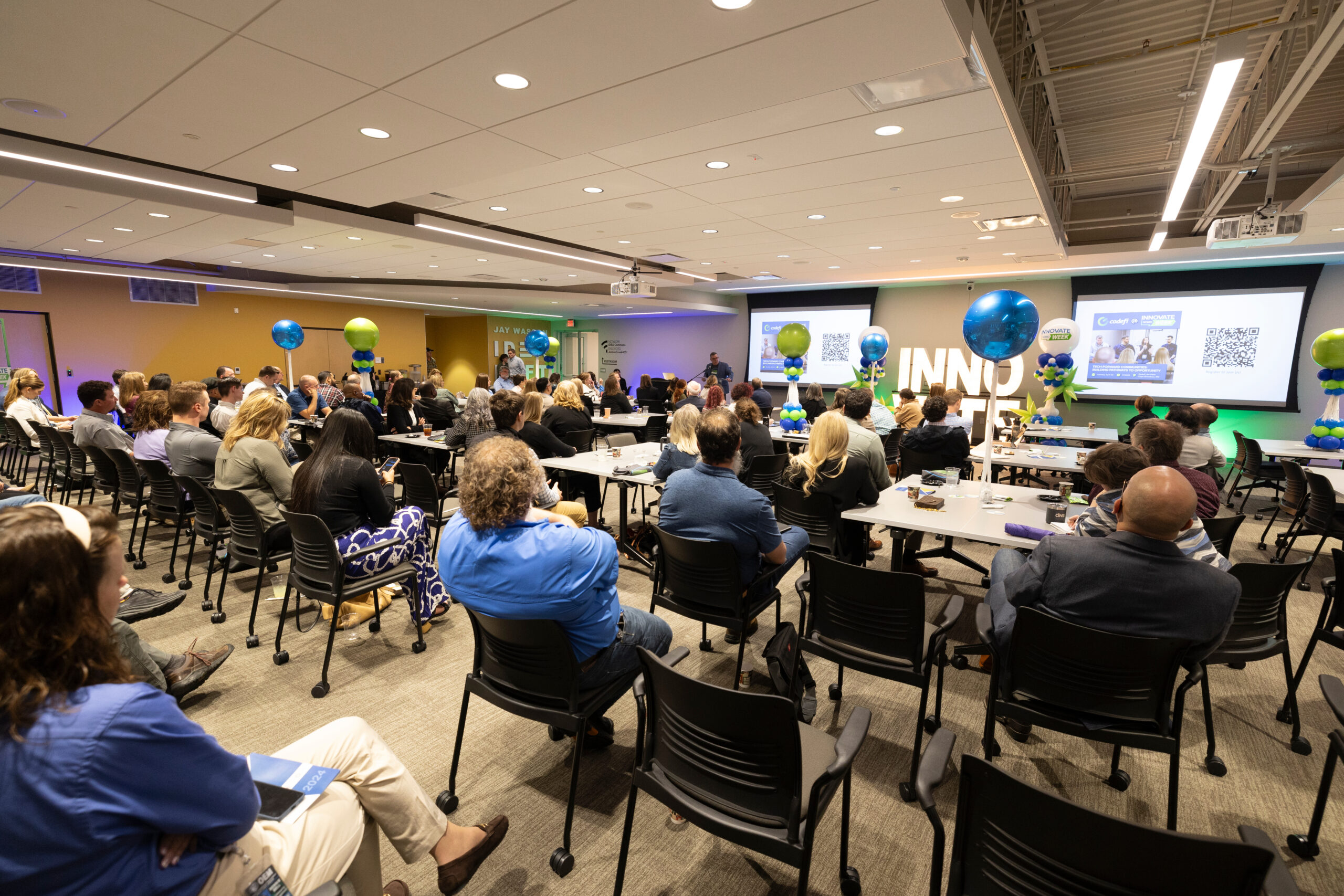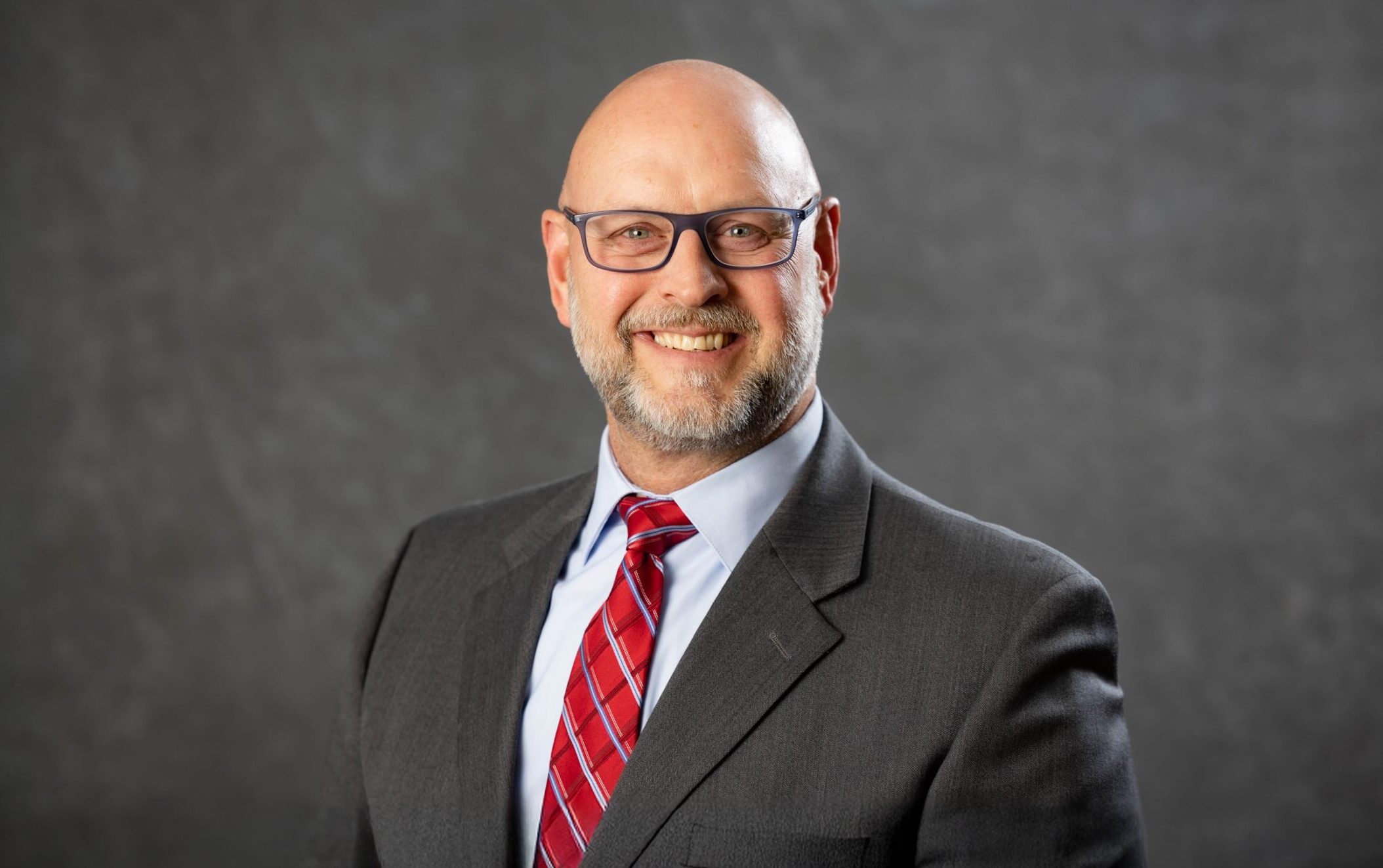By Joan Hampton-Porter, Curator, The History Museum on the Square
From 1954 to 1958, television sets across the nation were tuned to Springfield, Missouri and the Ozarks Jubilee on Saturday Nights. A country music show may not seem like a place where Black history was made, but it was. The Philharmonics were the first Black group to be regulars on a nationwide country music show. Not only were they regularly featured, but they were on standby for the shows where they were not scheduled, in case another act was unable to perform.
It all began when Leonard Herndon, Eldridge “Old Man” Moss, Joel Hardin, and Clarence “Chick” Rice Jr. were members of the choir at Gibson Chapel Presbyterian Church. They decided to form a quartet. Seventeen-year-old Homer “Jolly” Boyd, also a member of the choir was the alternate. The group performed and won on the nationally televised Horace Heidt Youth Opportunity Show, winning twice, and they toured with the show. On October 7, 1951, The Horace Heidt Youth Opportunity Show, was broadcast from the fieldhouse at Southwest Missouri State College, now Missouri State University. Homer Boyd stated on multiple occasions that the fieldhouse was desegregated because of the performance as Horace Heidt would not allow the show to perform in a segregated theater. It appears that the desegregation may have happened without published comment as neither the college newspaper or remaining administrative records make note of it.
The Philharmonics had a wide repertoire singing spirituals, popular songs and country. Eldridge Moss had sung with a number of well-known groups when he was in the army during WWII and was the most experienced. They were discovered when they won the Horace Heidt competition at SMS in 1951 and gained national exposure, but their biggest break was on the Ozarks Jubilee. They were hired for the Ozarks Jubilee because its producer saw the Horace Heidt show. There were some personnel changes through the years. Joel Neal Hardin and Leonard Herndon left and Homer Boyd and George Culp replaced them. Later, James Logan would join the group and they became a quintet. In addition to the Ozarks Jubilee, they toured. Some of the singers and musicians they toured with were Bebop Brown, Dallas Bartley, Charlie Haden, and Bobby Bedell—all amazing local Black performers. They also toured with some of the performers from the Ozarks Jubilee, which opened some of the white performers’ eyes to the discrimination their colleagues faced. Speedy Haworth later expressed his shock that the Philharmonics could not eat in the restaurant with everyone else, so he would buy “groceries” and he would “picnic” with them. James Logan fondly remembered some of the Ozarks Jubilee’s cast in a 1993 article. Homer Boyd recounted how wonderful Red Foley was and his surprise that Foley did an on-air interview with him during the first show when Boyd sang. The Philharmonics were among the very first Black performers to play for a white audience in Branson, performing at Topello’s Country Music Club. They initially performed with the Jubilee Band and then had their own band.
The Philharmonics recorded a number of records and sang together regularly for 25 years. Their last performance was at an event honoring them “For their Outstanding Contributions to the Musical and Cultural Heritage of the Ozarks” at Juanita K. Hammons Hall at Missouri State University on September 5, 2008. They were discovered and performed their last show on the same campus fifty-seven years apart. When they were discovered at the Horace Heidt Youth Opportunity Showcase in 1951 Black students were not allowed to attend SMS. The first Black students were admitted for the Fall 1954 semester. For the Fall 2008 semester, 2.78 % of MSU students listed their race as Black or African American according to the Custodian of Records at MSU.
Pictured: The Philharmonics (L to R) Clarence Rice, James Logan, Eldridge Moss, Homer Boyd, George Culp.





